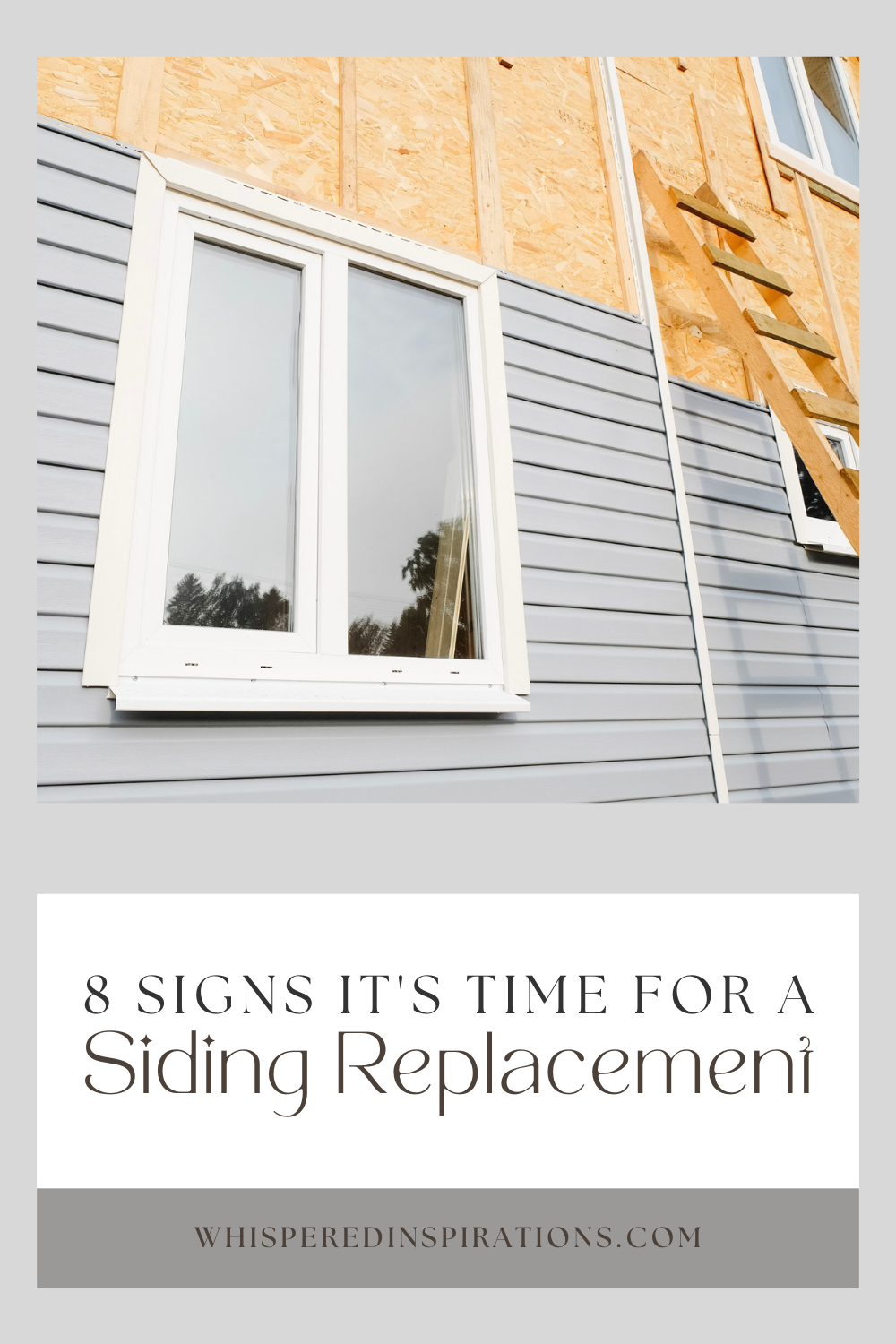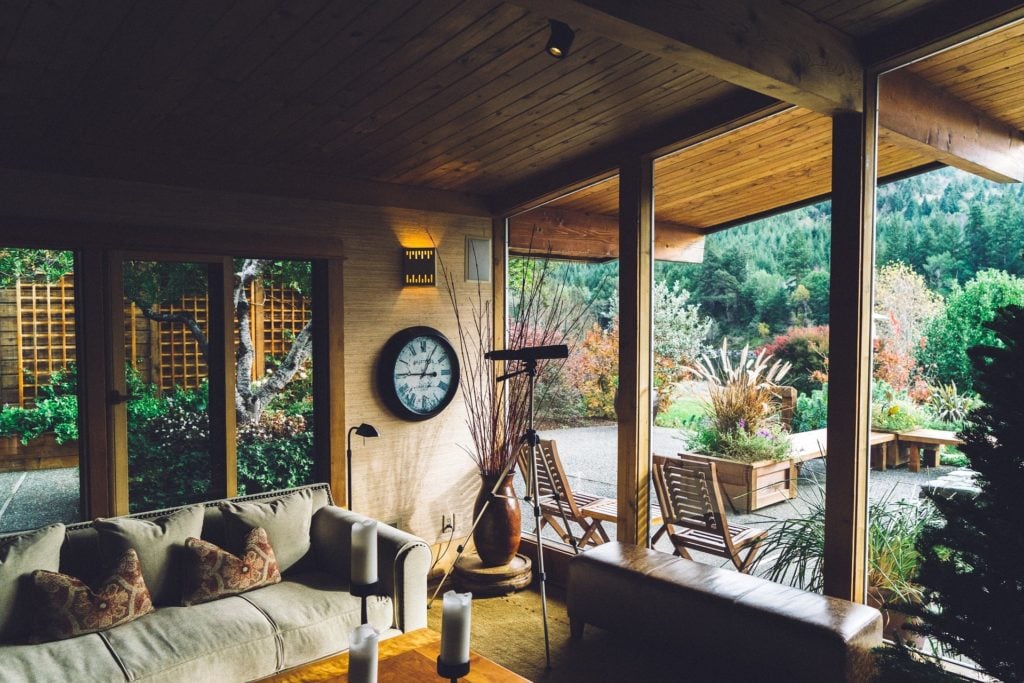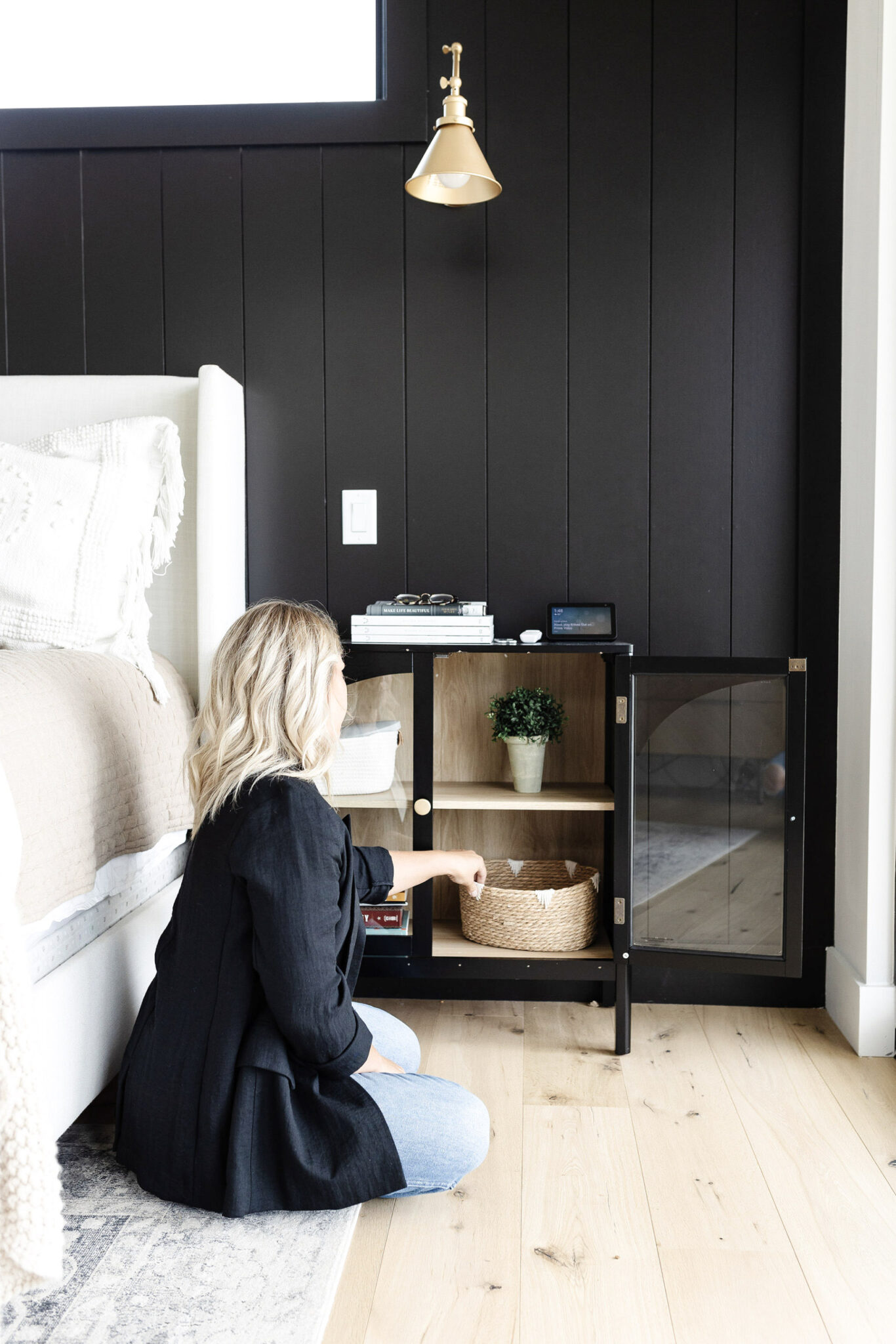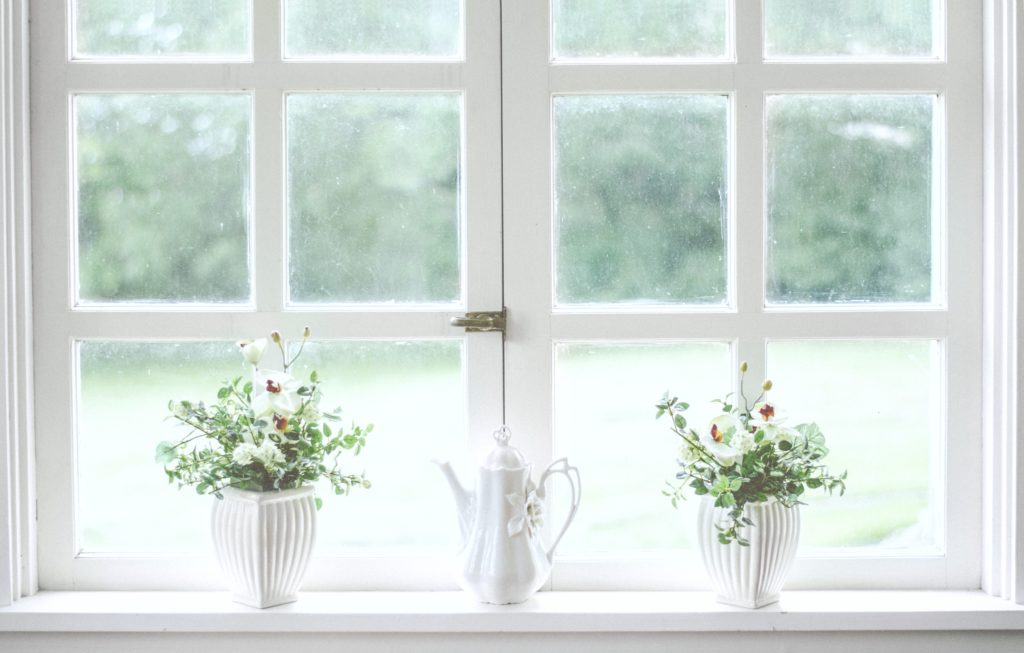8 Signs It’s Time for a Siding Replacement
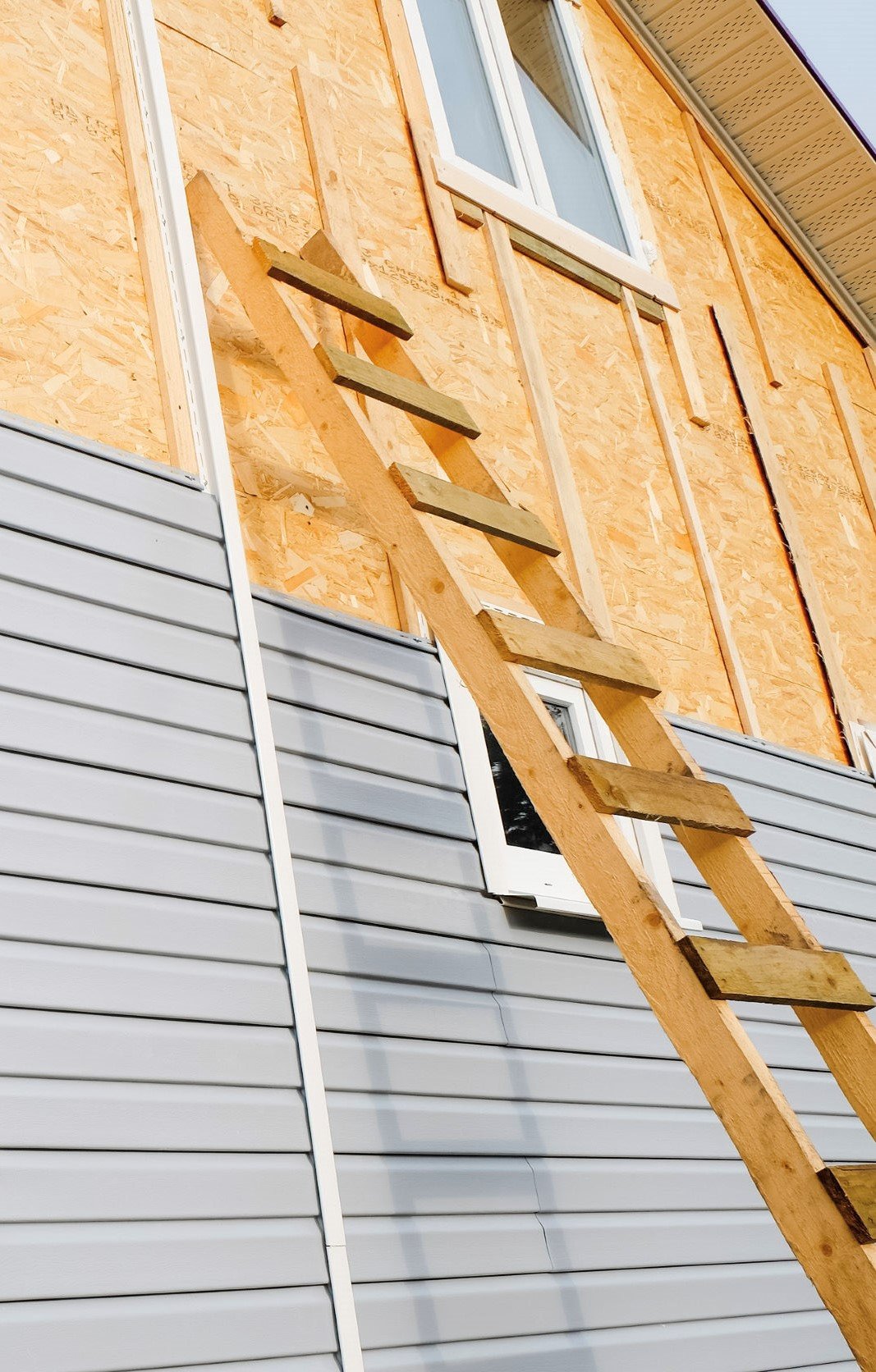
8 Signs It’s Time for a Siding Replacement
While siding is the first thing people notice when they look at your home, it’s probably not on your priority list regarding home improvement.
Like most homeowners, you might think installing siding is a one-time affair. You won’t have to replace it once it’s installed.
Unfortunately, this is far from the truth. Siding requires replacement to continue protecting your home against elements and pests.
Once your siding is ineffective, your home is vulnerable to structural damage and costly repairs. Your home’s value will decrease if your siding isn’t functional.
So, what warning signs should you look for when you need a new Siding Installation Vienna? Continue reading to find out!
1. Sidings With Blisters And Bubbles
Take note of any bubbles or blisters that form beneath your siding. Water trapped within the siding is indicated by bubbles and blisters.
Since the siding’s primary role is to prevent moisture from forming in your home, the moisture presence points out that the siding is no longer effective and requires replacement.
2. Warped, Cracked, Or Rotting Siding
These are the most reliable indicators that your siding is beyond repair. Perform thorough checkups around your home to determine if these signs are present.
Don’t ignore even the tiniest crack since it could be the start of a major problem.
Examine the cracks to see if the inside layer is solid or rotten. If the rot is severe or has spread, don’t hesitate to plan for siding replacement.
Tapping the siding with a screwdriver is an effective way to check if it’s rotten. If the siding crumbles, makes a hollow sound or splits, it’s ineffective.
It’s vital to note that dry rot goes unnoticed since it occurs under the surface without affecting the siding’s outer layer.
Failure to detect it early will leave your home susceptible to ineffective siding.
3. Siding Requires Frequent Painting
An average home requires repainting every eight to ten years. Anything less than this might indicate an issue.
For example, if you need to repaint your home in less than six years, the problem might not be with the paint but with the siding.
When the siding is to blame for the frequent repainting, the paint usually peels after a few years.
In such cases, the solution might only be changing the siding instead of regularly painting your home.
4. Mold, Fungus, Or Mildew On The Siding
Is mold, mildew, or fungus growing on your walls, especially near the seams? If so, your siding is inefficient and might require replacement.
Fungus, mold, and mildew thrive under moist conditions. Therefore, if they start growing on your walls, the siding isn’t deterring moisture.
While mildew and fungus growth don’t always necessarily require new siding, it’s critical to investigate the growth to make an informed decision.
5. Your Energy Bill Hikes Up
Your siding plays a significant role in insulating your home. If the siding is effective, you’re less likely to incur high energy bills.
However, if your siding isn’t functioning properly, it won’t insulate your home correctly, affecting your energy bill.
If you experience an unexplained hike in your power bill, you should check your siding’s state and act accordingly.
6. Your Home’s Paint Is Peeling
In some cases, ineffective siding causes interior home problems. For example, if the paint peels from inside your home, or the wallpaper is loose, moisture is penetrating it.
However, before concluding that your siding is the source of your interior paint peeling, conduct a thorough inspection since many factors can have the same effect.
7. The Siding Is Severely Faded
Once the siding is severely faded and no longer colorful, it’s on its final stretch. While fading doesn’t mean the siding isn’t functional, it indicates it has served for quite a while. It might be time to upgrade it before it stops functioning.
8. You Want To Sell Your Home
While this isn’t necessarily a sign, you might need to replace your siding when selling a home. When selling your property, the first impression affects the entire process and the offers you receive.
Therefore, before erecting an ‘on-sale’ sign, you should renovate your home to increase its curb appeal and value.
As far as enhancing your home’s appearance is concerned, replacing old siding with new ones can do the trick.
The home will appear attractive and well-maintained, luring more buyers willing to pay a hefty price for the property.
You May Also Like:
- College Degree Myths: Does it Really Matter?
- Update Your Home’s Exterior In These Simple Ways
- How to Get Rid of the Most Common Winter Leaks
- What to Do When Your Home Start to Show Its Age
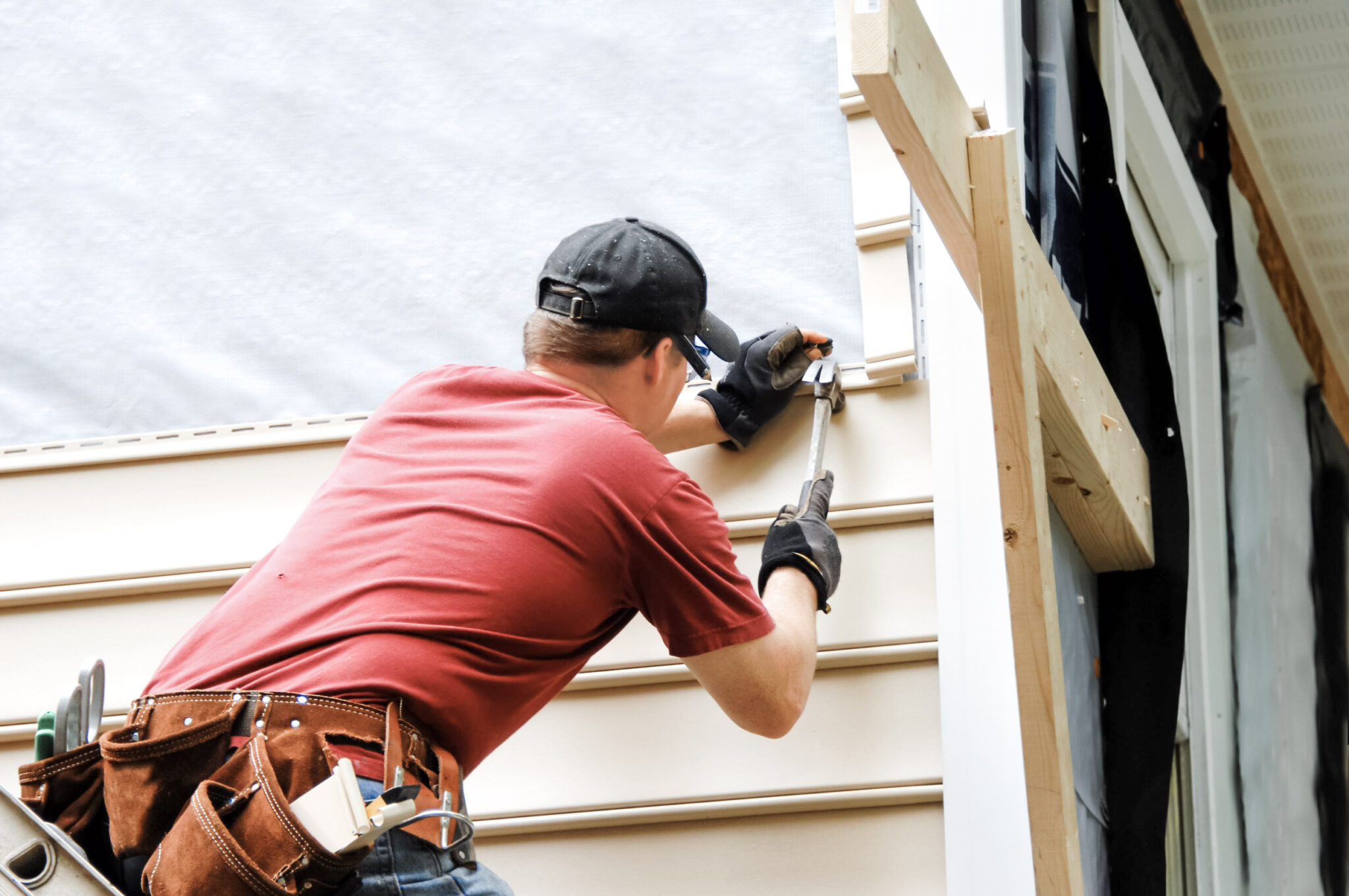
Conclusion
Deteriorating siding doesn’t go unnoticed. There are early and late signs that point out the need for new siding.
To ensure your home is always protected and maintain its curb appeal while increasing its value, perform regular checkups to detect siding issues as they arise.
Do you have any other signs that it’s time for a siding replacement?
Drop me a question!
Mike
PIN FOR LATER:
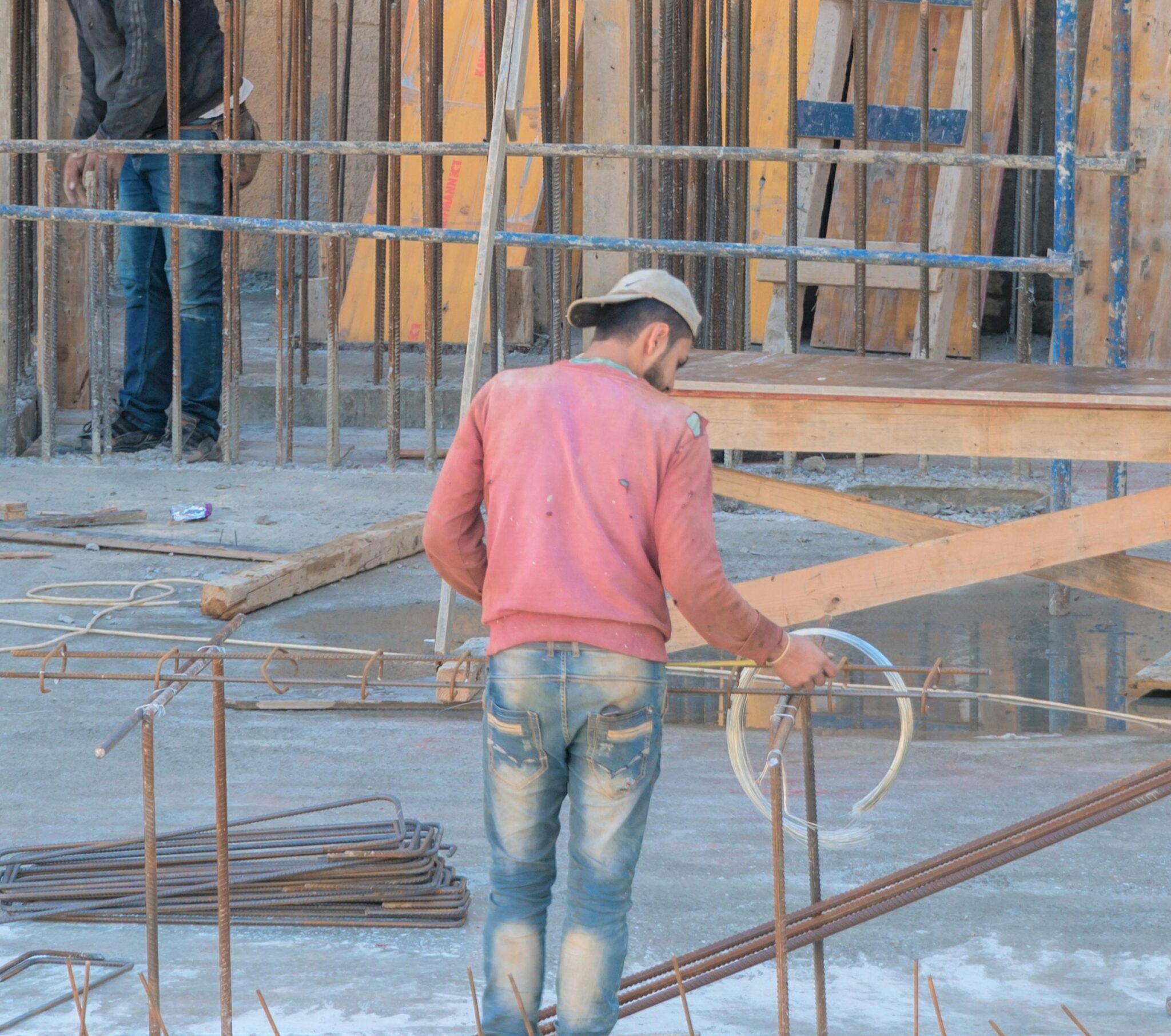
I am a contractor and just a DIY guy in my spare time. I love building things and sharing my knowledge with other DIY’ers. You can do anything you set your mind to! When I am not building or fixing something, I am all about baseball. Go Tigers, go!

